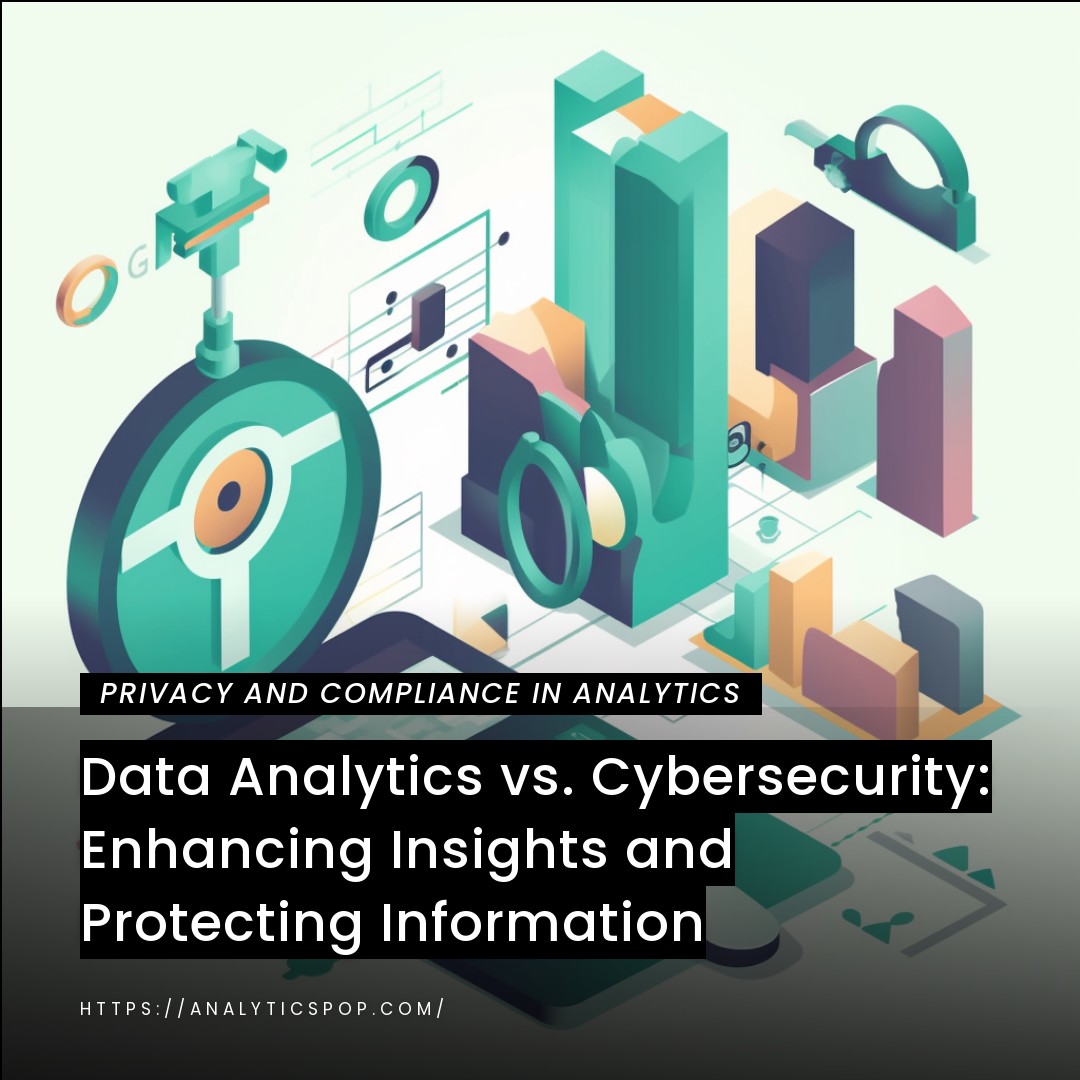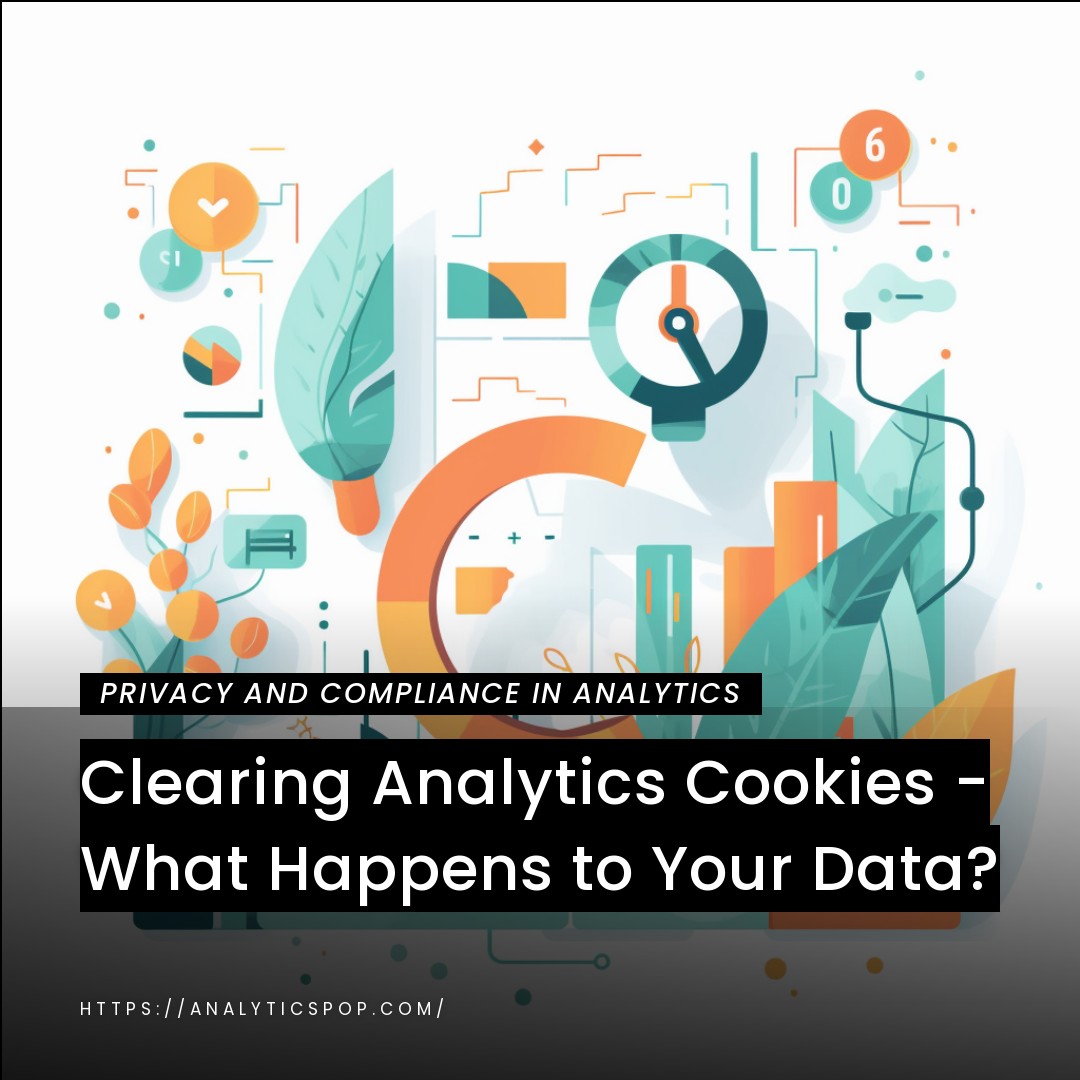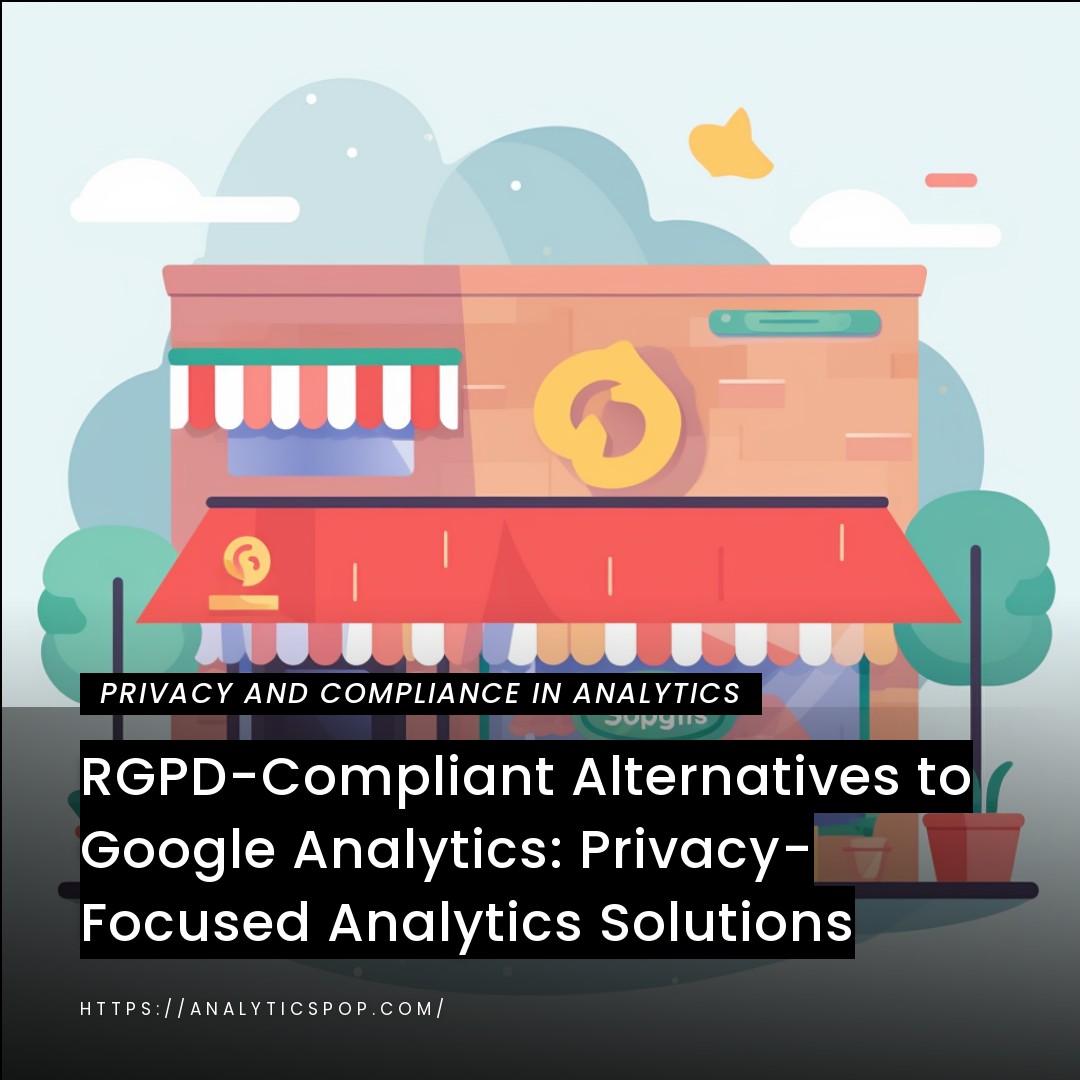Unleashing the Power of Data Analytics and Cybersecurity: Insights and Protection Combined
In today’s rapidly evolving digital landscape, businesses face the dual challenge of harnessing the power of data analytics while ensuring robust cybersecurity measures. The synergy between these two realms can unlock immense value and shield organizations from potential threats. Let’s delve into the significance of combining data analytics and cybersecurity.
Data analytics provides invaluable insights into customer behavior, market trends, and operational efficiencies. Businesses can extract meaningful patterns and make data-driven decisions by leveraging advanced algorithms and machine learning techniques. For instance, analyzing customer purchasing patterns can optimize marketing campaigns, leading to higher conversion rates and increased revenue.
However, as data becomes more valuable, cyber threats escalate in sophistication. Malicious actors constantly seek vulnerabilities to exploit sensitive information. Here’s where cybersecurity is the guardian of data integrity and privacy. Robust cybersecurity measures, such as strong encryption protocols, multi-factor authentication, and regular system audits, fortify organizational defenses against cyber threats.
Moreover, integrating data analytics and cybersecurity can enhance threat detection and response capabilities. By leveraging real-time analytics, businesses can identify anomalous patterns that might signify potential security breaches. These proactive measures enable organizations to respond and mitigate threats swiftly, minimizing the impact on operations and protecting critical assets.
Combining the power of data analytics and cybersecurity enables organizations to extract valuable insights while safeguarding against cyber threats. This synergistic approach empowers businesses to make informed decisions, enhance operational efficiencies, and build trust with customers by ensuring the security of their sensitive data. By adopting an integrated strategy, organizations can unleash the true potential of data analytics while fortifying their digital fortress against emerging threats.
Significance of data analytics and cybersecurity in today's digital landscape
The significance of data analytics and cybersecurity cannot be overstated in today’s digital landscape. Let’s explore why these two domains are crucial for businesses and organizations.
Data analytics plays a pivotal role in extracting actionable insights from the daily data generated. By applying advanced analytics techniques, businesses can gain a deep understanding of customer preferences, market trends, and operational patterns. These insights drive informed decision-making, enabling businesses to identify growth opportunities, optimize processes, and stay ahead of the competition. Data analytics also aids in personalized marketing, improving customer engagement and satisfaction.
However, with the proliferation of data comes increased cybersecurity risks. Cyber threats are more sophisticated than ever, targeting valuable data assets and sensitive information. Breaches can lead to severe financial losses, reputational damage, and legal repercussions. This is where cybersecurity steps in, ensuring data confidentiality, integrity, and availability.
Effective cybersecurity measures protect against unauthorized access, data breaches, malware, and other malicious activities. Robust security practices like encryption, firewalls, intrusion detection systems, and employee training help safeguard critical information and infrastructure. Additionally, compliance with industry regulations and data privacy laws becomes crucial for maintaining trust and avoiding penalties.
The integration of data analytics and cybersecurity yields a synergistic advantage. Data analytics can enhance cybersecurity by identifying patterns and anomalies that may indicate potential security threats. For instance, analyzing network traffic can help detect suspicious activities or abnormal data access patterns, enabling proactive threat mitigation. On the other hand, cybersecurity measures protect the integrity and availability of data, ensuring that accurate and reliable insights are derived from analytics initiatives.
Data analytics and cybersecurity form a powerful duo that fuels growth, innovation, and resilience in the digital landscape. Businesses that harness the potential of data analytics while prioritizing robust cybersecurity practices gain a competitive edge, build customer trust, and safeguard their digital assets in an increasingly complex and interconnected world.

Leveraging Data Analytics for Enhanced Insights
Leveraging data analytics is a game-changer for businesses seeking enhanced insights and a competitive edge in today’s data-driven landscape. Let’s explore how organizations can harness the power of data analytics to unlock valuable insights.
- First and foremost, data analytics empowers businesses to extract meaningful patterns and trends from vast amounts of data. By applying advanced analytical techniques and algorithms, organizations can uncover hidden correlations, customer behavior patterns, and market trends that traditional methods may overlook. These insights provide a deeper understanding of customer preferences, enabling businesses to tailor their products and services to meet evolving needs.
- Moreover, data analytics allows organizations to make data-driven decisions with confidence. By analyzing historical data, businesses can identify patterns of success, understand factors that drive performance, and optimize their operations accordingly. For example, predictive analytics can forecast demand, helping companies optimize inventory management and avoid stockouts or overstocking.
- Data analytics also drives innovation and fuels strategic initiatives. Businesses can identify untapped opportunities by examining market trends, customer feedback, and competitor analysis and develop innovative products and services. These insights enable organizations to stay ahead of the curve and position themselves as industry leaders.
- Furthermore, data analytics facilitates targeted marketing and personalized customer experiences. Businesses can create tailored marketing campaigns that resonate with specific customer segments by segmenting customer data and analyzing preferences. This enhances customer engagement and increases conversion rates and customer loyalty.
- Lastly, data analytics allows organizations to measure and improve their performance continuously. By setting key performance indicators (KPIs) and leveraging analytics dashboards, businesses can track progress, identify bottlenecks, and make data-backed adjustments to optimize their strategies.
Leveraging data analytics empowers businesses to unlock enhanced insights, make informed decisions, drive innovation, and improve performance. Organizations can optimize their operations, tailor their offerings, and gain a competitive advantage in today’s data-driven world by extracting valuable patterns and trends from data. Embracing data analytics as a strategic asset positions businesses for success in an increasingly complex and dynamic marketplace.
Data-driven decision-making: Using analytics to extract valuable insights from large datasets
Data-driven decision-making is a transformative approach that leverages analytics to extract valuable insights from large datasets. In today’s data-rich environment, organizations can harness the power of analytics to make informed, evidence-based decisions. Let’s explore how data-driven decision-making drives business success.
Large datasets contain a wealth of information that, when properly analyzed, can uncover patterns, correlations, and trends. Data analytics techniques, such as statistical analysis, machine learning, and data mining, enable businesses to extract valuable insights from these datasets. Organizations can understand customer behavior, market trends, and operational inefficiencies by examining historical data and identifying patterns.
With data-driven decision-making, organizations gain a competitive advantage. Businesses can identify buying patterns, preferences, and segments by analyzing customer data. This information enables targeted marketing campaigns, personalized customer experiences, and improved customer satisfaction. Moreover, understanding market trends and predicting demand helps organizations optimize their product offerings, pricing strategies, and market positioning.
Data-driven decision-making also enhances operational efficiency. Businesses can identify bottlenecks, streamline processes, and optimize resource allocation by analyzing operational data. This leads to cost savings, improved productivity, and enhanced overall performance. For example, supply chain analytics can optimize inventory levels, reduce waste, and minimize stockouts.
Additionally, data-driven decision-making minimizes the risks associated with subjective decision-making. By relying on data and analytics, organizations reduce the impact of biases and intuition-based judgments. Data-driven insights provide a solid foundation for decision-making, increasing the likelihood of successful outcomes.
Organizations must invest in data infrastructure, analytics tools, and skilled professionals to effectively implement data-driven decision-making. They must ensure data quality, security, and privacy and foster a data-driven culture throughout the organization.
Data-driven decision-making empowers organizations to leverage analytics and extract valuable insights from large datasets. By embracing this approach, businesses can make informed decisions, gain a competitive advantage, enhance operational efficiency, and reduce the risks associated with subjective decision-making. Organizations prioritizing data-driven decision-making are better equipped to thrive and succeed in today’s data-driven world.

Predictive analytics: Forecasting potential risks and identifying opportunities for improvement
Predictive analytics is a powerful technique that enables organizations to forecast potential risks and identify opportunities for improvement. By analyzing historical data, patterns, and trends, predictive analytics uses statistical models and machine learning algorithms to anticipate future outcomes. How predictive analytics can drive proactive decision-making and facilitate business success?
One key application of predictive analytics is risk forecasting. Businesses can anticipate potential risks and take preventive measures by analyzing historical data and identifying patterns. For example, predictive analytics can help identify fraudulent activities in finance by detecting patterns indicative of fraudulent behavior. By detecting and mitigating risks before they occur, organizations can minimize financial losses, protect their reputation, and maintain regulatory compliance.
Predictive analytics also enables organizations to identify opportunities for improvement. Analyzing historical and real-time data allows businesses to uncover areas where performance can be enhanced. For instance, in manufacturing, predictive analytics can identify bottlenecks or production inefficiencies, allowing for targeted process improvements. This can result in cost savings, increased productivity, and enhanced customer satisfaction.
Moreover, predictive analytics facilitates demand forecasting and resource optimization. Organizations can accurately forecast future demand by analyzing historical sales data, market trends, and external factors. This enables effective inventory management, ensuring optimal stock levels, reducing carrying costs, and avoiding stockouts or overstocking.
In marketing, predictive analytics allows businesses to identify customer segments with a high probability of conversion or churn. By analyzing customer behavior, preferences, and demographic data, organizations can tailor marketing campaigns to target specific customer segments. This leads to improved customer acquisition, retention, and overall marketing ROI.
Another valuable application of predictive analytics is preventive maintenance. By analyzing sensor data, equipment performance, and maintenance records, organizations can predict when machinery or assets are likely to fail. This enables proactive maintenance interventions, minimizing downtime, optimizing maintenance schedules, and reducing maintenance costs.
Predictive analytics empowers organizations to forecast potential risks, identify improvement opportunities, and make proactive, data-driven decisions. By leveraging historical and real-time data, businesses can gain insights into future outcomes, optimize operations, and enhance customer experiences. Implementing predictive analytics enables organizations to stay ahead of the competition, minimize risks, and seize opportunities for growth and success.
Performance optimization: Analyzing data to optimize processes and drive efficiency
Performance optimization is a critical aspect of business success, and analyzing data plays a pivotal role in identifying areas for improvement and driving efficiency. By leveraging data analytics techniques, organizations can uncover insights to optimize processes and enhance overall performance. Let’s explore how data analysis contributes to performance optimization.
- Firstly, data analysis allows businesses to understand their operations comprehensively. By examining data related to various processes, such as production, supply chain, or customer service, organizations can identify bottlenecks, inefficiencies, and waste areas. This information serves as a foundation for process optimization initiatives.
- Data analytics also helps in setting performance benchmarks and monitoring progress. By analyzing historical data and industry standards, organizations can establish key performance indicators (KPIs) that align with their goals. Real-time data analysis enables continuous performance monitoring against these benchmarks, facilitating proactive decision-making and timely adjustments.
- Moreover, data analysis aids in root cause analysis, uncovering the underlying factors contributing to suboptimal performance. By identifying correlations, patterns, and trends within the data, organizations can pinpoint the causes of inefficiencies. This allows for targeted interventions and process improvements, eliminating bottlenecks and streamlining operations.
- Furthermore, data analysis enables organizations to prioritize improvement initiatives based on data-driven insights. Businesses can make informed decisions on where to allocate resources and focus efforts by quantifying the impact and potential benefits of different improvement opportunities. This ensures a strategic and systematic approach to performance optimization.
- Data analysis also fosters a culture of continuous improvement within organizations. Data encourages a data-driven mindset and promotes accountability by providing objective insights into performance. Employees can use data analysis to identify areas for improvement, propose innovative solutions, and track the impact of their initiatives.
Data analysis plays a crucial role in performance optimization by providing insights into inefficiencies, facilitating root cause analysis, setting performance benchmarks, and enabling continuous improvement. Organizations can streamline processes, drive efficiency, and enhance overall performance by leveraging data-driven decision-making. Data analytics empowers businesses to stay competitive, adapt to changing market conditions, and achieve sustainable growth.

The Role of Cybersecurity in Protecting Information
Cybersecurity plays a vital role in protecting information and ensuring data confidentiality, integrity, and availability. In today’s interconnected world, where data breaches and cyber threats are increasingly prevalent, robust cybersecurity measures are essential. Let’s explore the key role of cybersecurity in safeguarding information.
- First and foremost, cybersecurity helps in protecting sensitive data from unauthorized access. Whether it’s personal information, financial data, or trade secrets, organizations must safeguard their valuable assets. Robust authentication mechanisms, encryption protocols, and access controls restrict access to authorized individuals, mitigating the risk of data breaches.
- Furthermore, cybersecurity ensures the integrity of information. It safeguards data from unauthorized modifications, tampering, or corruption. By implementing data validation measures and employing cryptographic techniques, organizations can verify the authenticity and integrity of data, preventing unauthorized alterations.
- Availability of information is another critical aspect addressed by cybersecurity. Cyber attacks, such as distributed denial-of-service (DDoS) attacks, can disrupt services, rendering data inaccessible to legitimate users. Robust cybersecurity measures, including network monitoring, traffic analysis, and incident response plans, help organizations mitigate the impact of such attacks and ensure uninterrupted access to data and services.
- Additionally, cybersecurity helps protect against emerging threats and vulnerabilities. With cyber threats evolving rapidly, organizations must continuously update their security measures. This includes regularly patching software vulnerabilities, staying informed about the latest threats, and conducting security assessments to identify potential weaknesses. Proactive measures such as intrusion detection systems and security audits enable organizations to identify and respond to emerging threats effectively.
- Cybersecurity also plays a crucial role in maintaining trust and reputation. When organizations prioritize cybersecurity and protect customer data, they establish a reputation for reliability and safeguard customer trust. Protecting information from breaches and cyber attacks builds confidence among stakeholders, fostering long-term relationships with customers, partners, and clients.
- Lastly, compliance with data protection regulations and industry standards is integral to cybersecurity. Organizations need to adhere to legal and regulatory requirements to protect sensitive information. This includes data encryption, privacy policies, and incident reporting procedures. Organizations can meet legal obligations, mitigate legal risks, and ensure ethical data handling by demonstrating compliance.
Cybersecurity plays a pivotal role in protecting information by safeguarding against unauthorized access, ensuring data integrity, maintaining availability, mitigating emerging threats, and preserving trust. By implementing robust cybersecurity measures, organizations can fortify their defenses, minimize the risk of data breaches, and maintain the confidentiality and trustworthiness of their information assets.
Understanding cybersecurity threats: Overview of common risks and vulnerabilities
Understanding cybersecurity threats is crucial to protect against them effectively. Let’s provide an overview of common cybersecurity risks and vulnerabilities organizations face.
- Malware: Malicious software, such as viruses, worms, ransomware, and Trojans, poses a significant threat. Malware can infiltrate systems through various means, including email attachments, infected websites, or removable media. Once inside a system, malware can disrupt operations, steal sensitive data, or hold data hostage for ransom.
- Phishing Attacks: Phishing is a form of social engineering where attackers impersonate trusted entities to deceive individuals into sharing sensitive information, such as login credentials or financial details. Phishing attacks often occur through fraudulent emails, text messages, or deceptive websites, aiming to exploit human vulnerability rather than technical weaknesses.
- Denial-of-Service (DoS) Attacks: DoS attacks aim to disrupt the availability of services by overwhelming a system or network with a flood of traffic, rendering it unable to respond to legitimate user requests. Distributed denial-of-service (DDoS) attacks involving multiple sources are particularly challenging to mitigate as they exploit the bandwidth limitations of targeted systems.
- Insider Threats: Insider threats originate from within an organization, either unintentionally or maliciously. This can include employees, contractors, or business partners who abuse their privileges, intentionally leak sensitive information, or unknowingly fall victim to social engineering techniques. Insider threats can result in data breaches or compromise system security.
- Weak Authentication and Access Controls: Inadequate authentication mechanisms and weak access controls create vulnerabilities. If not properly implemented, password-based authentication can be susceptible to brute-force attacks or password guessing. Insufficient access controls may allow unauthorized individuals to access sensitive systems or data.
- Unpatched Software and Vulnerabilities: Software vulnerabilities present opportunities for attackers to exploit systems. Outdated or unpatched software may contain known vulnerabilities that attackers can exploit to gain unauthorized access or launch attacks. Timely installation of software updates and patches is crucial to mitigate such risks.
- Data Breaches: Data breaches involve unauthorized access to sensitive data, potentially resulting in its exposure or theft. Breaches can occur due to various factors, including weak security controls, insider threats, or targeted attacks. Data breaches can have severe consequences, including financial loss, reputational damage, and legal implications.
- Supply Chain Attacks: Supply chain attacks target vulnerabilities in third-party vendors or partners to gain unauthorized access to target systems. By compromising a trusted entity within the supply chain, attackers can exploit that trust to infiltrate the target organization’s network or systems.
It’s important for organizations to remain vigilant, implement robust security measures, and stay updated on emerging threats. By conducting regular risk assessments, implementing security best practices, and fostering a culture of cybersecurity awareness, organizations can proactively mitigate these risks and protect against potential vulnerabilities.

Implementing robust security measures: Safeguarding data and systems from unauthorized access
Implementing robust security measures safeguards data and systems from unauthorized access. Here are some key steps organizations can take to enhance their security posture:
- Strong Authentication: Implement strong authentication mechanisms to ensure that only authorized individuals can access systems and data. This may include multi-factor authentication (MFA), biometrics, hardware tokens, and passwords. Avoid default or easily guessable passwords and enforce password complexity policies.
- Access Control and Privilege Management: Employ granular access controls to limit user permissions based on the principle of least privilege. Regularly review and update access privileges to ensure that users have only the necessary access required to perform their roles. Implement access control lists (ACLs) and role-based access control (RBAC) frameworks to manage permissions effectively.
- Encryption: Protect sensitive data by encrypting it both at rest and in transit. Utilize strong encryption algorithms to secure data stored in databases, on storage devices, or transmitted over networks. This ensures that the data remains unreadable and unusable even if unauthorized access occurs.
- Regular Patching and Updates: Maintain up-to-date software and firmware by regularly applying patches and updates. Attackers can exploit vulnerabilities in software, so prompt patch management is crucial to mitigate these risks. Establish a system to regularly monitor and install updates to minimize the window of exposure to known vulnerabilities.
- Network Security: Implement robust network security measures, such as firewalls, intrusion detection and prevention systems (IDPS), and virtual private networks (VPNs). Configure firewalls to filter and monitor incoming and outgoing network traffic. Deploy IDPS to detect and block suspicious activities. Use VPNs to secure remote connections, especially for remote employees accessing corporate resources.
- Employee Awareness and Training: Educate employees about cybersecurity best practices, including identifying phishing attempts, using strong passwords, and reporting suspicious activities. Regularly conduct cybersecurity awareness training sessions to inform employees about emerging threats and security protocols. Encourage a culture of security awareness and responsible use of technology.
- Regular Security Assessments: Conduct regular security assessments, vulnerability scans, and penetration testing to identify vulnerabilities in systems and networks. These assessments help uncover vulnerabilities and provide insights for remediation and security improvement efforts. Engage third-party security experts if necessary to perform comprehensive inspections.
- Incident Response Plan: Develop an incident response plan that outlines the steps to be taken during a security incident. Define roles and responsibilities, establish communication channels, and establish procedures for incident detection, containment, eradication, and recovery. Regularly test and update the plan to ensure its effectiveness.
By implementing these robust security measures, organizations can significantly strengthen their defenses and protect their data and systems from unauthorized access. Maintaining a proactive approach is crucial, as regularly reviewing and updating security practices and staying informed about the evolving threat landscape to safeguard against potential risks effectively.
Incident response and recovery: Strategies for effectively managing and mitigating cybersecurity incidents
Effective incident response and recovery strategies are essential for organizations to manage and mitigate cybersecurity incidents. Here are key steps to consider when developing an incident response plan:
Preparation:
- Establish an incident response team: Assemble a team of individuals with defined roles and responsibilities, including IT personnel, cybersecurity experts, legal representatives, and public relations professionals.
- Develop an incident response plan: Create a comprehensive plan that outlines the steps to be taken during different types of incidents, including procedures for detection, reporting, containment, investigation, and recovery.
- Conduct regular training and drills: Train the incident response team and relevant employees on their roles and responsibilities, and regularly conduct simulated exercises to test and improve response capabilities.
Incident Detection and Reporting:
- Implement robust monitoring: Utilize intrusion detection systems (IDS), security information and event management (SIEM) tools, and log analysis to detect and identify potential security incidents.
- Establish reporting channels: Define clear procedures and channels for employees to report suspected security incidents promptly. Encourage a culture of reporting without fear of retribution.
Containment and Mitigation:
- Isolate affected systems: Quickly isolate compromised systems to prevent the further spread of the incident and limit potential damage.
- Gather evidence: Preserve logs, network traffic data, and any other relevant evidence to aid in investigating and analyzing the incident.
- Implement temporary safeguards: Implement temporary measures to mitigate the impact of the incident and minimize further compromise while investigations and recovery efforts are underway.
Investigation and Analysis:
- Conduct a thorough investigation: Identify the cause, extent, and impact of the incident through forensic analysis and examination of logs, system artifacts, and network traffic.
- Determine the scope of the incident: Assess the compromised systems, data, and potential data breaches to understand the full impact and the information that may have been exposed or compromised.
Recovery and Remediation:
- Develop a recovery plan: Outline the steps and priorities for restoring affected systems and services, ensuring data integrity, and minimizing downtime.
- Apply security patches and updates: Identify and address vulnerabilities that may have been exploited during the incident. Apply necessary patches, updates, or configuration changes to prevent future similar incidents.
- Improve security controls: Enhance security measures based on lessons learned from the incident. Strengthen access controls, encryption, monitoring, and incident detection capabilities.
Communication and Reporting:
- Notify stakeholders: Inform relevant parties, including management, affected individuals, customers, partners, and legal authorities, in compliance with legal and regulatory requirements.
- Manage public relations: Develop a communication strategy to address the incident, its impact, and the steps taken for resolution. Provide timely and accurate updates to maintain transparency and trust.
Lessons Learned and Continuous Improvement:
- Conduct post-incident reviews: Analyze the incident response and recovery process, identifying areas for improvement and updating the incident response plan accordingly.
- Share knowledge: Disseminate lessons learned among the incident response team, relevant employees, and stakeholders to enhance awareness and prevent future incidents.
- Stay proactive: Monitor and assess security controls, update policies and procedures, and stay informed about emerging threats and industry best practices.
By following these strategies, organizations can effectively respond to and recover from cybersecurity incidents, minimizing their impact and reducing the risk of future incidents. It is essential to regularly review, update, and test the incident response plan to ensure its effectiveness in addressing evolving threats.
FAQ's

How can data analytics contribute to enhancing insights and decision-making?
Data analytics plays a pivotal role in enhancing insights and decision-making by leveraging the power of data to uncover patterns, trends, and correlations. Here are some key ways in which data analytics contributes to this process:
- Uncovering Hidden Patterns: Data analytics techniques like statistical analysis and machine learning algorithms allow businesses to extract valuable insights from large, complex datasets. By analyzing historical and real-time data, organizations can identify patterns, trends, and relationships that may not be readily apparent through traditional analysis methods. These insights enable a deeper understanding of customer behavior, market dynamics, and operational processes.
- Data-Driven Decision-Making: Data analytics empowers organizations to make informed, evidence-based decisions. By leveraging data-driven insights, decision-makers can move beyond intuition and subjective judgment. Instead, they rely on empirical evidence and quantitative analysis to evaluate options, assess risks, and forecast outcomes. This data-driven approach enhances the accuracy and reliability of decision-making, leading to better results and improved performance.
- Optimizing Operational Efficiency: Data analytics allows organizations to identify inefficiencies and optimize operational processes. Businesses can identify bottlenecks, streamline workflows, and eliminate waste by analyzing production, supply chain, or customer service data. This leads to improved productivity, reduced costs, and enhanced operational efficiency.
- Personalizing Customer Experiences: Data analytics enables organizations to understand customer preferences, behaviors and needs on an individual level. Businesses can segment their customer base by analyzing customer data, identifying trends, and delivering personalized experiences. This can include targeted marketing campaigns, personalized product recommendations, and customized services, increasing customer satisfaction and loyalty.
- Predictive and Prescriptive Insights: Data analytics can provide predictive and prescriptive insights. Predictive analytics uses historical data and statistical modeling to forecast future outcomes, enabling organizations to anticipate trends, demand patterns, and potential risks. Prescriptive analytics takes it a step further by providing recommendations and actionable insights on optimizing decision-making and achieving desired outcomes.
- Continuous Improvement and Innovation: By analyzing data, organizations can identify areas for improvement and innovation. Data-driven insights highlight areas where processes can be optimized, products can be enhanced, or new opportunities can be explored. This fosters a culture of continuous improvement and innovation, driving organizations to stay competitive and adapt to evolving market demands.
In summary, data analytics enhances insights and decision-making by uncovering hidden patterns, facilitating data-driven decision-making, optimizing operational efficiency, personalizing customer experiences, providing predictive and prescriptive insights, and fostering continuous improvement and innovation. Organizations that effectively harness the power of data analytics gain a competitive edge, improve their performance, and drive success in today’s data-driven landscape.



